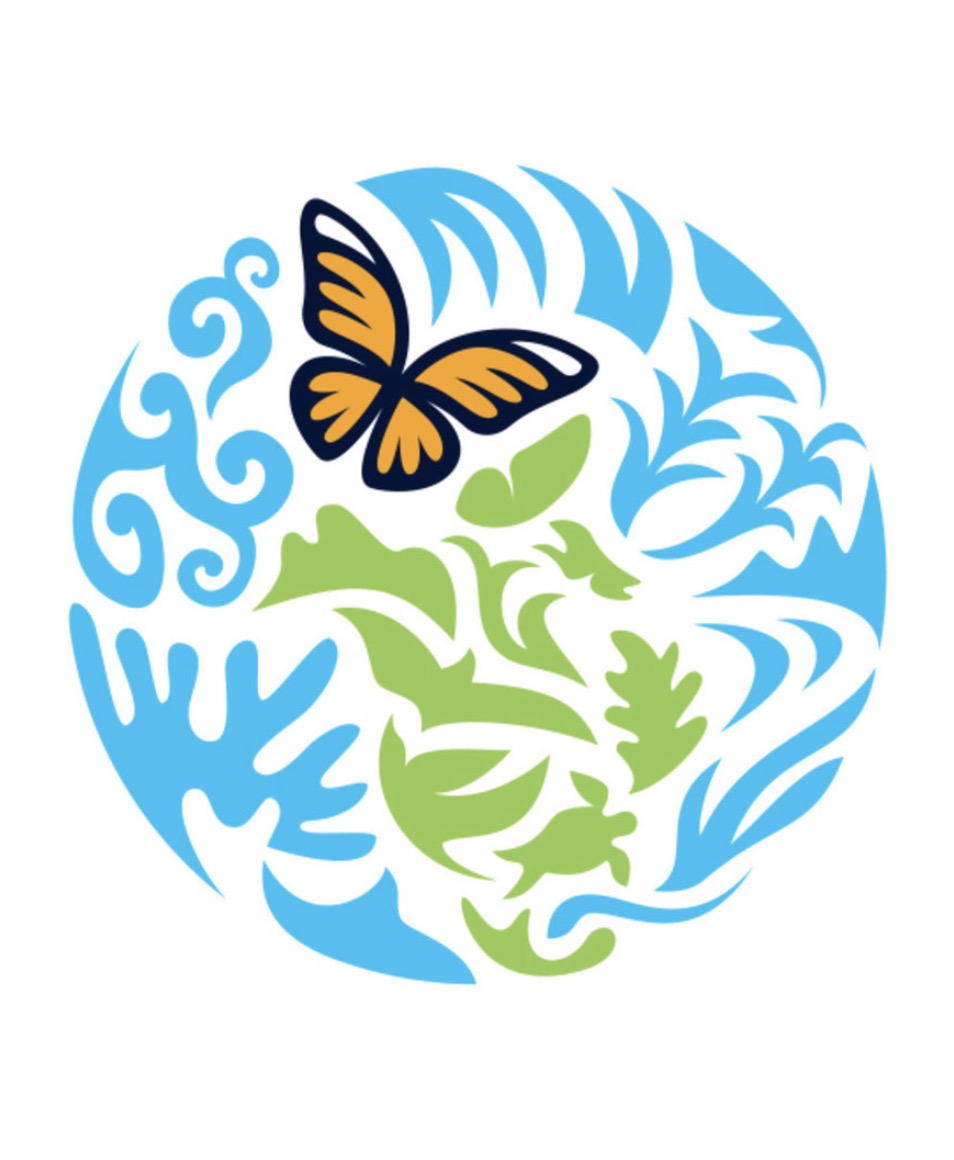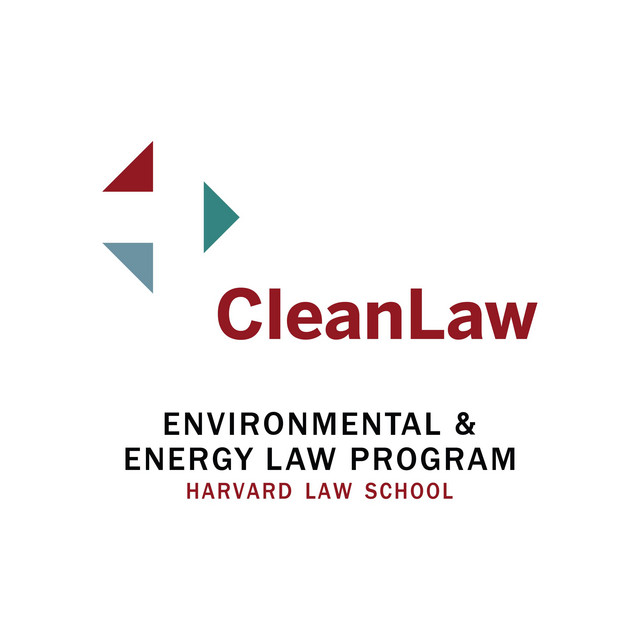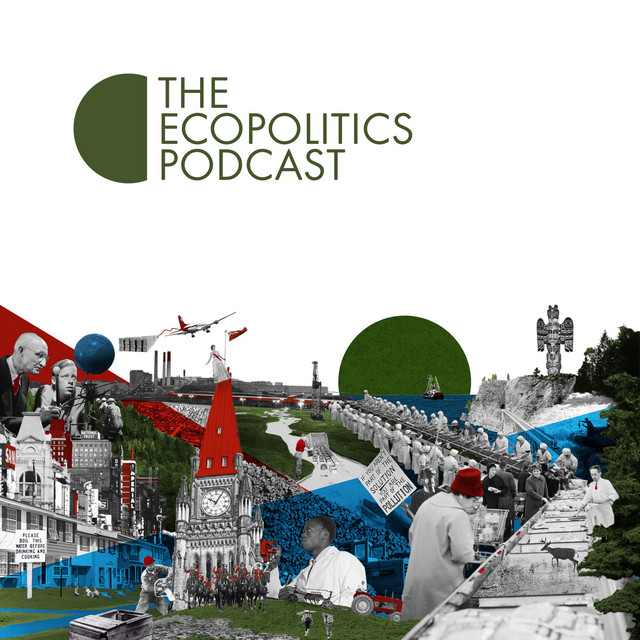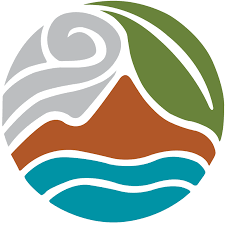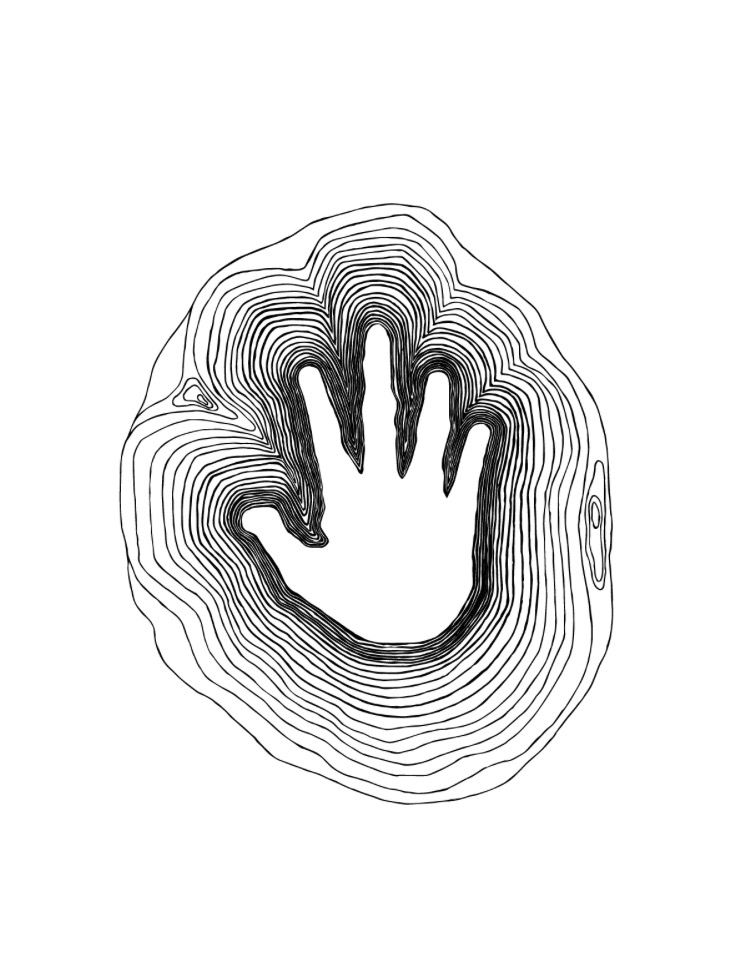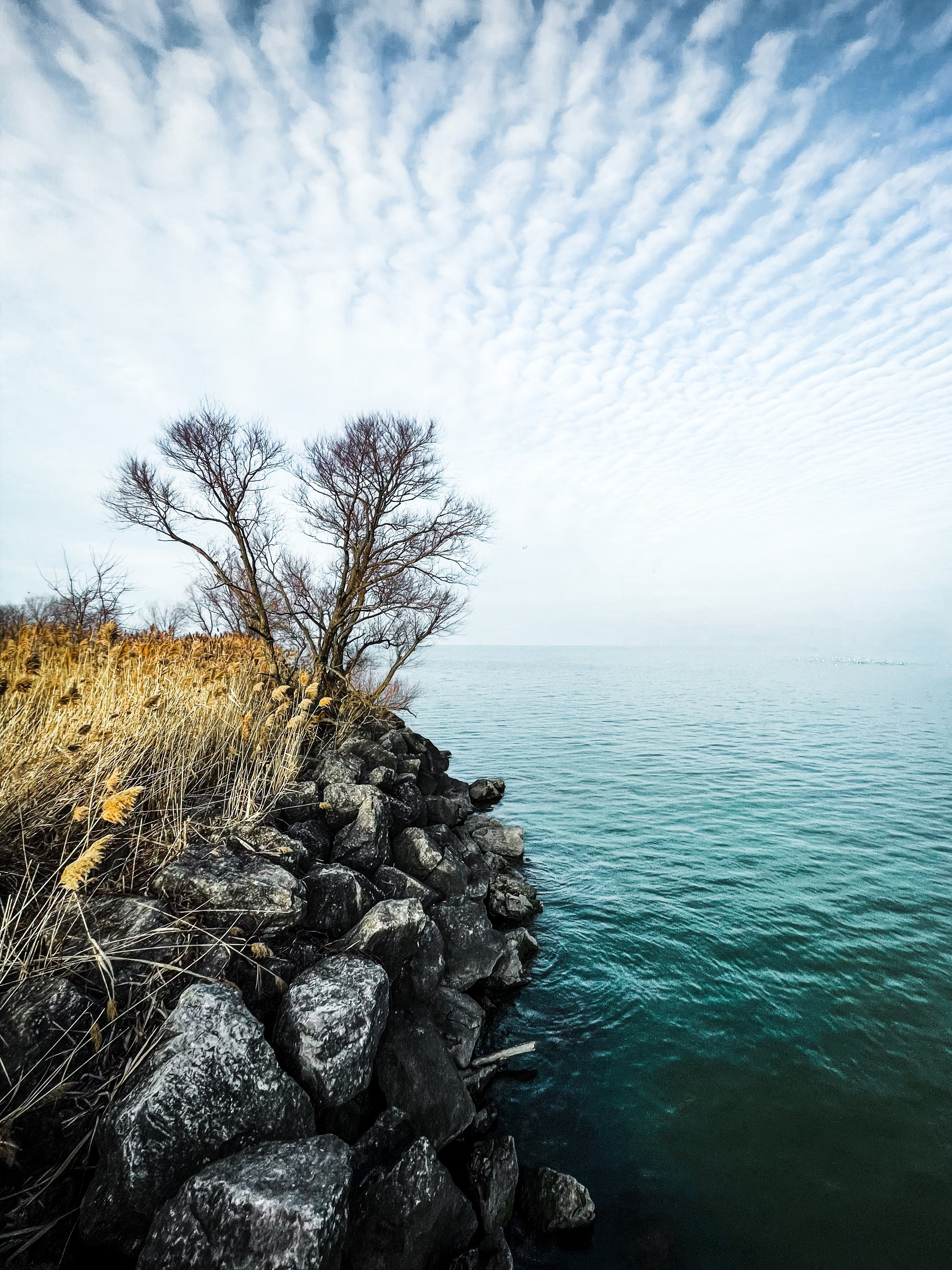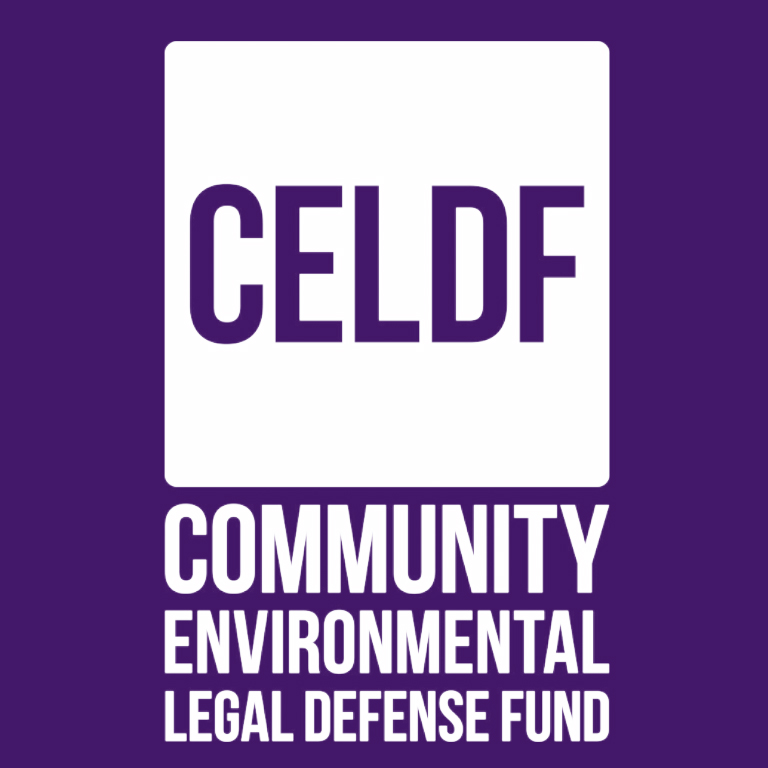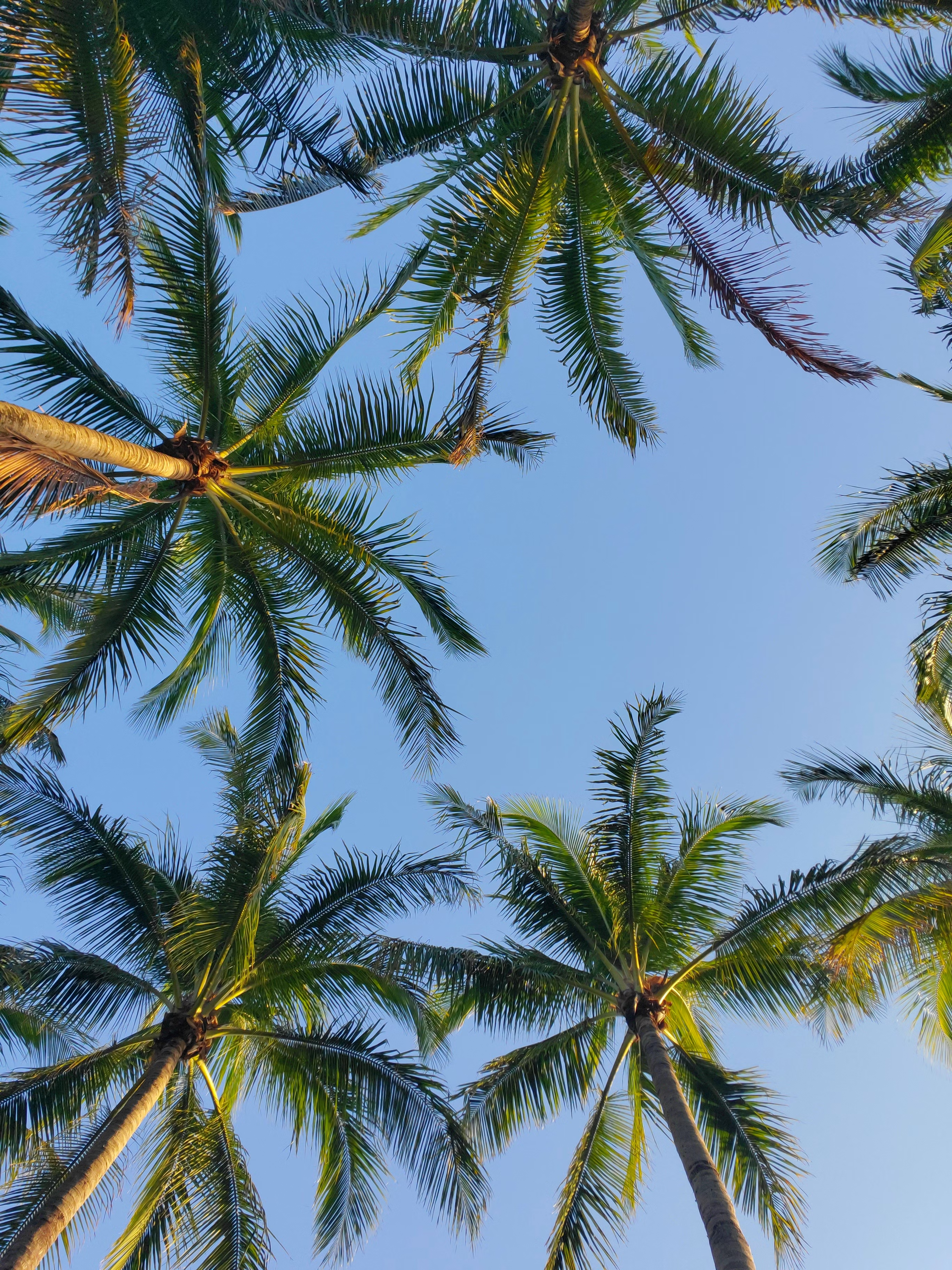North America: Multimedia
Further resources, if available, can be found in our full bibliography.
Environmental Justice: Origins, Evolution and Emerging Policy in North America
In this expert roundtable at #CEC31, which focused on “Strengthening Environmental Justice through Community Empowerment,” environmental justice advocates, Indigenous leaders, and youth activists discuss responses to climate change, pollution, and biodiversity loss. This conversation emphasizes how access to information, community participation, and targeted policies can address the disproportionate environmental burdens faced by marginalized communities across the North American continent.
4.19 Saving the Elwha River’s Legacy Forests with Missy Lahren
This episode features Missy Lahren, PhD, Chair of Board of Directors at Earth Law Center. Along with her work as a public interest lawyer, she is also a producer and writer. We discuss the many facets of her work, focusing in particular on her recent film, Last Stand: Saving the Elwha River’s Legacy Forests. It premiered publicly at EarthX in Dallas on April 24, 2024. We had a chance to talk on the day of the premiere. Here is a short summary of the film from the Earth Law Center. “When a large, ecologically sensitive legacy forest in the heart of the Elwha River Watershed in Washington state was identified for harvest, the Earth Law Center, Keystone Species Alliance, and Center for Whale Research began using all legal means possible against the Washington State Department of Natural Resources in an attempt to halt the impending clear-cut. Through breathtaking cinematography and intimate interviews, witness the profound beauty and ecological significance of the watershed, as well as the dire consequences of unchecked deforestation.”
The Making of Environmental Law
In this episode of Harvard Law School’s CleanLaw podcast, Executive Director Carrie Jenks speaks with Professor Richard Lazarus about his updated book, The Making of Environmental Law. They discuss the evolution of environmental law in the United States over the past two decades and focus on the judiciary’s shifting role, the integration of environmental justice, and the challenges posed by climate change. The conversation highlights how legal frameworks have adapted to address complex environmental issues and the importance of continued legal innovation in the face of emerging challenges.
Canadian Environmental Law and Policy
Canada’s environmental laws are shaped by political contexts at all levels, and this episode explores the structure and effectiveness of environmental law in Canada. Angela Lee and Heather McLeod-Kilmurray examine how environmental regulation intersects with Indigenous, settler, and international legal frameworks in a way that creates jurisdictional complexity. They discuss challenges coordinating federal, provincial, municipal, and Indigenous roles and observe that unequal access to legal tools often excludes communities from environmental decision-making.
Environmental Laws Through the Decades in the United States
This overview of the history of U.S. environmental legislation highlights key laws such as the Clean Air Act, Clean Water Act, Endangered Species Act, and National Environmental Policy Act. These laws play a role in protecting air quality, water resources, wildlife, and ensuring environmental considerations in federal projects. The video also discusses the establishment and function of the Environmental Protection Agency (EPA) in enforcing these laws.
INVISIBLE HAND – Rights Of Nature Documentary
Invisible Hand is a documentary that explores the Rights of Nature movement, which seeks to grant legal rights to ecosystems. The film features cases such as Grant Township, Pennsylvania, where residents enacted laws to protect their watershed from fracking waste, and Toledo, Ohio, where citizens passed the Lake Erie Bill of Rights to safeguard the lake from pollution. It highlights the growing demand for legal frameworks that prioritize ecological health over corporate interests, and the grassroots efforts challenging traditional legal systems to recognize nature as a rights-bearing entity.
This lake now has legal rights, just like you: The movement behind the Lake Erie Bill of Rights
Through the groundbreaking case of the Lake Erie Bill of Rights (passed by Toledo, Ohio residents in 2019) this video explores the Rights of Nature movement. The law gives Lake Erie’s ecosystem legal standing, allowing citizens to sue on its behalf if it’s harmed. Framing nature as a rights-bearing entity, this effort connects to similar global initiatives and highlights a growing shift toward legal systems that protect ecosystems directly. Through this lens, this movement can be considered a transformative step in environmental work in its redefinition of how communities defend their long-term survival and relationship with the natural world.
Grassroots Video Series
The Grassroots Video Series by the Community Environmental Legal Defense Fund (CELDF) highlights how communities across the U.S. are using local lawmaking to advance the Rights of Nature and protect ecosystems. Through eight short documentaries, the series showcases legal actions in places like Grant Township, PA, and Toledo, OH, where residents passed groundbreaking ordinances recognizing nature’s legal rights. The series emphasizes how local governments are asserting legal authority to challenge corporate harms and establish community-based environmental protections rooted in rights-based law.
The rights of nature: Patricia Siemen
In her TEDx talk, Pat Siemen, a Dominican Sister from Adrian, Michigan and a civil attorney licensed in Florida and Michigan, calls for a legal and moral shift through Earth Jurisprudence, a framework that recognizes the inherent rights of nature. As Director of the Center for Earth Jurisprudence at Barry University School of Law, she draws on her background in law, public affairs, and spirituality to advocate for legal systems that protect ecosystems as rights-bearing members of the Earth community. Siemen urges transformative change in law and governance that reflects humanity’s interdependence with all life.
Photo Credit: Tom Fisk/Pexels
